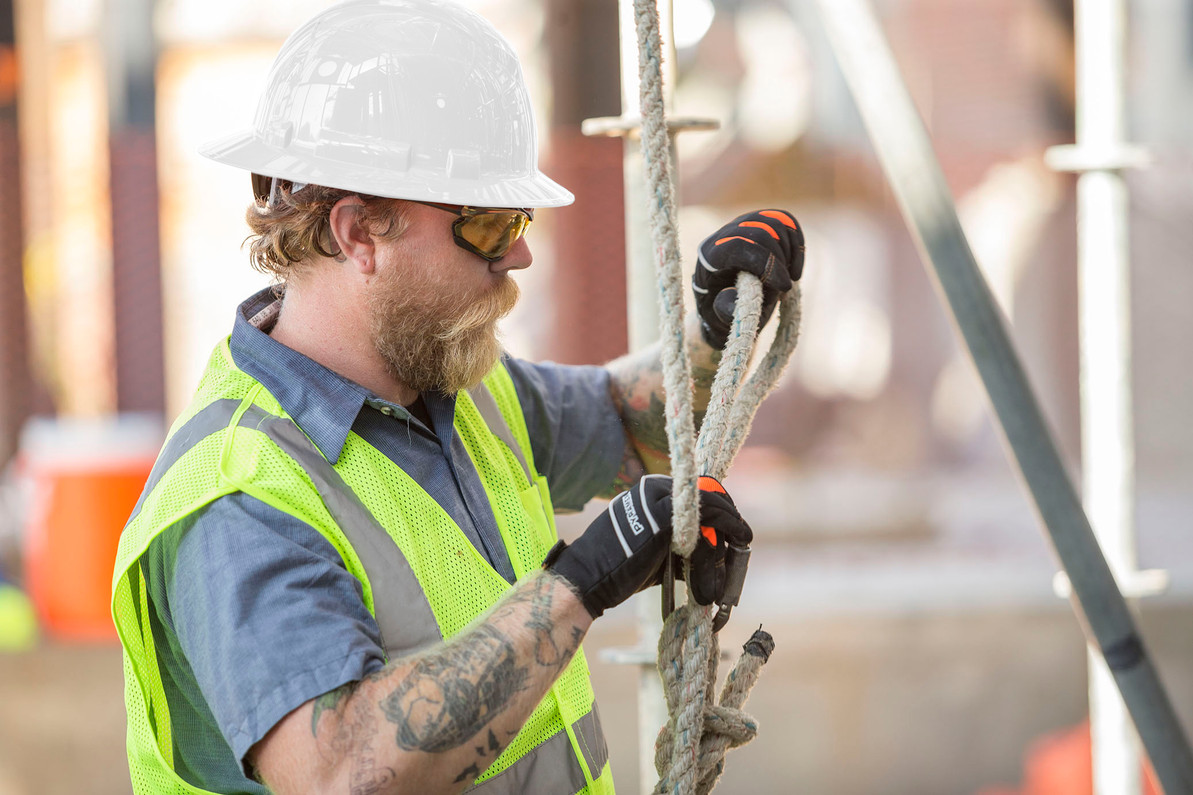Safeguarding Your Most Valuable Assets: A Business Guide to Superior Hand Protection
Safeguarding Your Most Valuable Assets: A Business Guide to Superior Hand Protection
In any business, your employees are your greatest asset. And for a significant portion of your workforce, their hands are their primary tools. From precision tasks in manufacturing to heavy-duty work in construction, hands are constantly exposed to a myriad of hazards. Yet, hand injuries remain alarmingly common, leading to significant costs, lost productivity, and, most importantly, preventable pain and suffering.
At Your Safety Company, we understand that superior hand protection isn't just about compliance; it's about fostering a culture of safety, maximizing efficiency, and protecting your team's well-being.
The Unseen Costs of Neglected Hand Safety
It's easy to overlook the critical importance of hand protection until an incident occurs. But the statistics tell a stark story: hand injuries are one of the leading types of workplace injuries. The costs associated with these incidents extend far beyond initial medical expenses:
-
Direct Costs: Medical treatment, rehabilitation, workers' compensation claims, and increased insurance premiums.
-
Indirect Costs: Lost productivity due to absenteeism, retraining new employees, investigations, legal fees, decreased morale, and damage to your company's reputation.
-
Human Impact: The most profound cost is the physical pain, emotional distress, and potential long-term disability experienced by your injured employees, impacting their quality of life both inside and outside of work.
Beyond "Just Gloves": Understanding the Spectrum of Hand Hazards
Effective hand protection goes far beyond simply handing out a generic pair of gloves. Different tasks and environments present unique hazards, demanding specialized solutions. Consider the common threats your employees' hands face:
-
Cuts and Lacerations: From sharp tools, machinery, and materials.
-
Punctures: Nails, splinters, needles, or sharp debris.
-
Impact and Crushing: Heavy machinery, falling objects, or pinch points.
-
Abrasions: Rough surfaces, repetitive friction.
-
Chemical Exposure: Solvents, acids, bases, and other hazardous substances.
-
Temperature Extremes: Burns from heat or frostbite from cold.
-
Vibration: Prolonged use of vibrating tools leading to conditions like Hand-Arm Vibration Syndrome (HAVS).
-
Repetitive Strain Injuries (RSIs): Carpal tunnel syndrome, tendonitis, and other musculoskeletal disorders from repetitive hand movements.
The Right Glove for the Right Job: Your Strategic Advantage
Selecting the appropriate hand protection is paramount. OSHA emphasizes that employers must choose hand protection based on a thorough evaluation of the performance characteristics of the protection relative to the tasks, conditions, duration of use, and hazards present.
Here's a glimpse into the specialized hand protection solutions available:
-
Cut-Resistant Gloves: Featuring advanced materials like high-strength polyethylene (HPPE) or Kevlar, these gloves offer varying levels of cut protection (ANSI/ISEA ratings are key here).
-
Impact-Resistant Gloves: Designed with reinforced knuckles, padding, and durable materials to absorb and disperse blunt force impacts.
-
Chemical-Resistant Gloves: Made from materials such as nitrile, neoprene, or butyl rubber, each offering specific resistance against different chemicals. Always consult Safety Data Sheets (SDS) for proper selection.
-
Thermal Gloves: Insulated gloves protect against extreme hot or cold temperatures, essential for environments like cold storage or welding.
-
Anti-Vibration Gloves: Featuring specialized padding to reduce the impact of vibration from power tools, mitigating the risk of HAVS.
-
General Purpose/Coated Gloves: Offering basic protection against abrasions and minor cuts, often with coatings for enhanced grip.
Building a Proactive Hand Safety Program
Implementing effective hand protection is a multi-faceted approach:
-
Hazard Assessment: Regularly identify and evaluate potential hand hazards in every task and workstation.
-
Proper Glove Selection: Don't guess. Partner with experts like Your Safety Company to ensure your team has access to the right gloves for every specific hazard and task.
-
Training and Education: Educate employees on the types of hazards, the importance of wearing PPE, correct glove usage, and proper care and maintenance.
-
Enforcement and Culture: Establish clear policies and consistently enforce the use of hand protection. Lead by example and foster a culture where safety is a shared responsibility.
-
Regular Inspection and Replacement: Gloves, like any PPE, have a lifespan. Implement a routine for inspecting and replacing worn or damaged gloves.
-
Ergonomic Considerations: Address ergonomic factors to reduce repetitive strain, potentially redesigning tools or workstations.
Partner with Your Safety Company for Uncompromised Hand Safety
At Your Safety Company, we are dedicated to providing businesses and organizations with a comprehensive range of high-quality hand protection solutions. We offer expert guidance to help you assess your needs, navigate product specifications, and equip your workforce with the hand protection they deserve.
Investing in superior hand protection isn't just an expense; it's an investment in your employees' safety, your operational efficiency, and your bottom line.
Ready to elevate your workplace hand safety? Explore our full range of professional hand protection products today:
Recent Posts
-
Beyond the Big Box: Why Yoursafetycompany.com is the Smarter Choice for Your First-Aid Program
When it comes to workplace first aid, ensuring your business is compliant and your employees are pro …1st Jan 2026 -
The 2026 Safety Checklist: Is Your Crew Truly Protected?
As we move into the new year, it’s the perfect time to look past the daily grind and evaluate the ge …23rd Dec 2025 -
Beyond the Buzz: Why Proper Hearing Protection is Non-Negotiable on Your Job Site
On any given workday, the sounds of progress—drills, saws, heavy machinery, and even loud conversati …22nd Dec 2025



